
Bandages are one of the most useful and versatile items for any first-aider and a standard component in a British Standard compliant first aid kit. They are used to protect a wound, reduce the risk of infection and to facilitate healing.
If you’re not familiar with first aid supplies, you may be wondering: what is a crepe bandage, and how is it different from a cohesive bandage? What about conforming bandages? Let’s look at what kinds of bandages are available and which situations each is ideal for.
Types of bandages in first aid
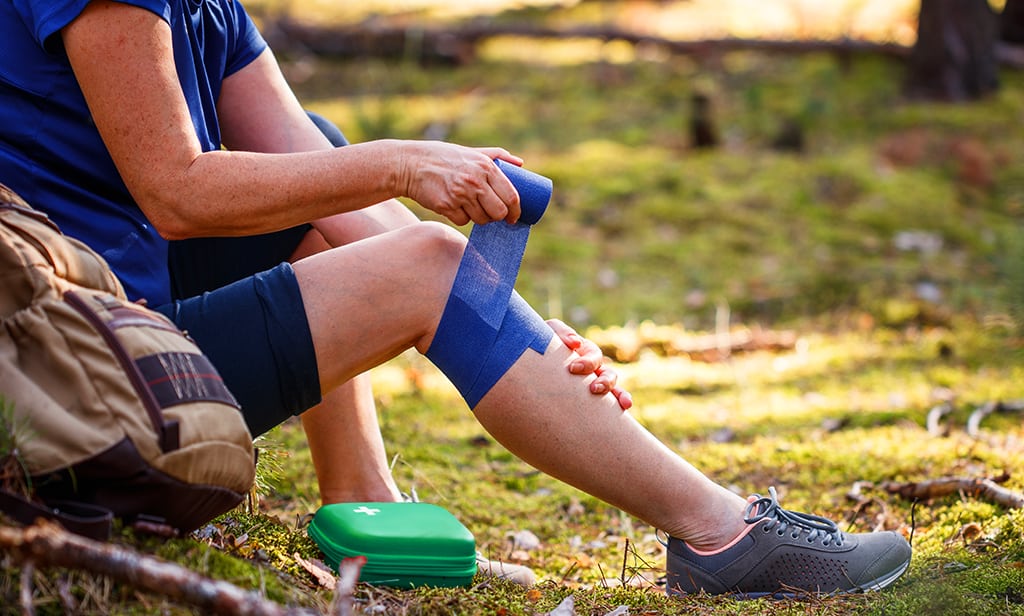
Crepe bandages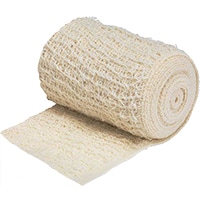
Crepe bandages are a woven, elasticated bandage commonly
made of cotton. They provide compression to injured areas as recommended by the PRICE method of injury treatment, but their elasticity still allows joints and muscles to flex. Their cotton material means that they are washable and reusable and allow the skin underneath to breathe. They are also often used for dressing retention.
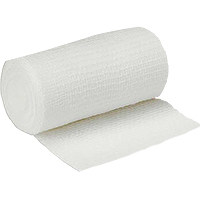 Conforming bandages
Conforming bandages
Conforming bandages are very stretchy and, as their name suggests, conform closely to the body’s contours. These bandages are ideal for securing dressings in place, particularly on limbs. They are usually made with synthetic materials that make them lightweight, fray resistant and breathable.
Cohesive bandages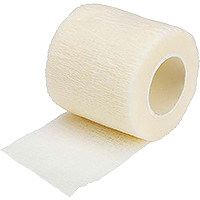
Cohesive bandages are designed to stick to themselves, but not to skin or hair. This makes them quick and easy to apply and remove, not requiring any tape or pins to hold them in place.
These bandages can be used both for holding wound dressings in place and for supporting and providing compression to injured muscles or joints.
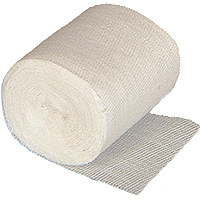 Open wove bandages
Open wove bandages
Unlike other kinds of bandages, open wove bandages are non-elastic, and can be used to hold dressing in place without constricting or applying too much pressure to the wound. While their loose weave allows for good ventilation and helps the skin to breathe and avoid infection, it also means open wove bandages are unsuitable for PRICE therapy.
Plaster of Paris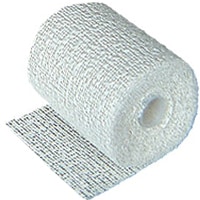
Plaster of Paris bandages are used for creating casts to provide rigid immobilisation of fractured or broken limbs. These bandages are impregnated with Plaster of Paris (calcined gypsum) and can be moulded to the limb once immersed in water, before quickly setting into a strong and solid cast. These bandages should only be applied by medical professionals.
Common questions about bandages answered
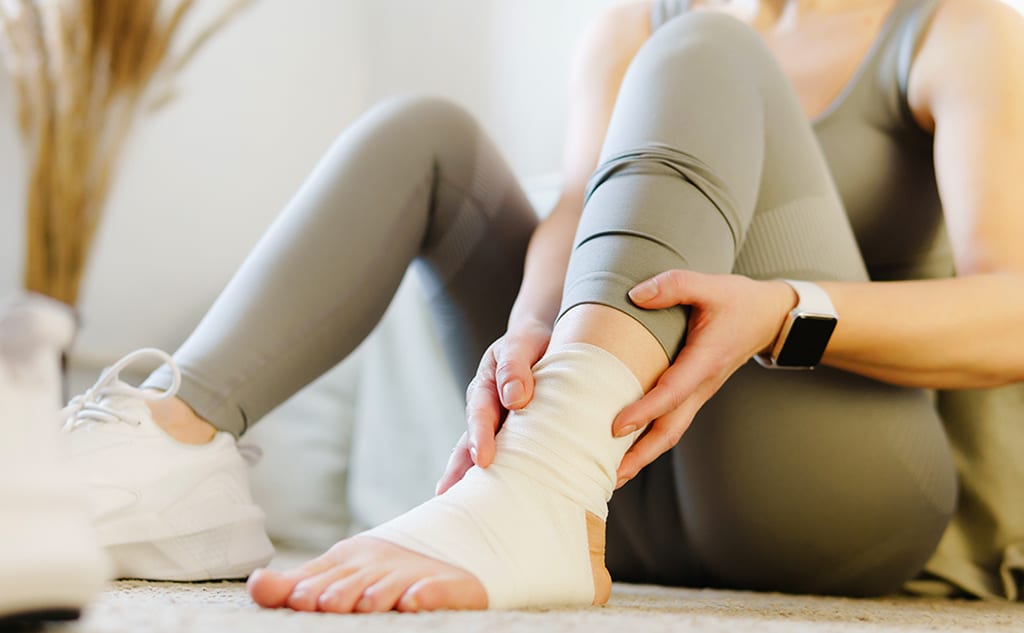
What's the difference between bandages and dressings?
While dressings and bandages are similar in some ways, they serve different purposes while working together to help an injury to heal. A dressing is a sterile compress or pad that is applied directly onto an open wound to protect it and promote healing.While dressings are designed to be in direct contact with a wound, bandages are often used to hold dressings in place. Bandages also serve many other purposes, such as compressing an injury or forming a cast for fractures or breaks.
How long should you leave a bandage on?
The length of time you should keep a bandage on depends on several factors. If you’re doubt, you should check with a medical expert. In general, you should keep wearing a bandage until an injury is fully healed. In the case of an open wound, change bandages daily and keep the wound clean and moist. When dealing with more serious injuries, always check with a medical expert for advice.How does a bandage help an injury to heal?
As there are several types of bandages that serve many different purposes, they help different injuries to heal in many ways. For example:- When compressing an injury as recommended by the PRICE method, the external force applied by a bandage helps to minimize swelling and provide support to an injury.
- When applied to retain a dressing, a bandage ensures that dressings stay in place, providing the ideal environment for a wound to heal.
- When in the form of a plaster of Paris cast, a bandage helps to hold a fractured or broken bone in place while it heals. It can also reduce pain, swelling and muscle spasms during the healing process.
Takeaway
All British Standard first aid kits are required to have individually wrapped multi-purpose triangular bandages. These bandages can be used for a wide range of purposes from wound care to providing support and elevation for injured limbs.Ensure your first aid kit is properly stocked with the right bandages, and make sure that you’re using bandages safely and effectively.
About the author:
Jo Stokes is a writer, marketer and trained first aider at First Aid Online.
Find out more about Jo.

